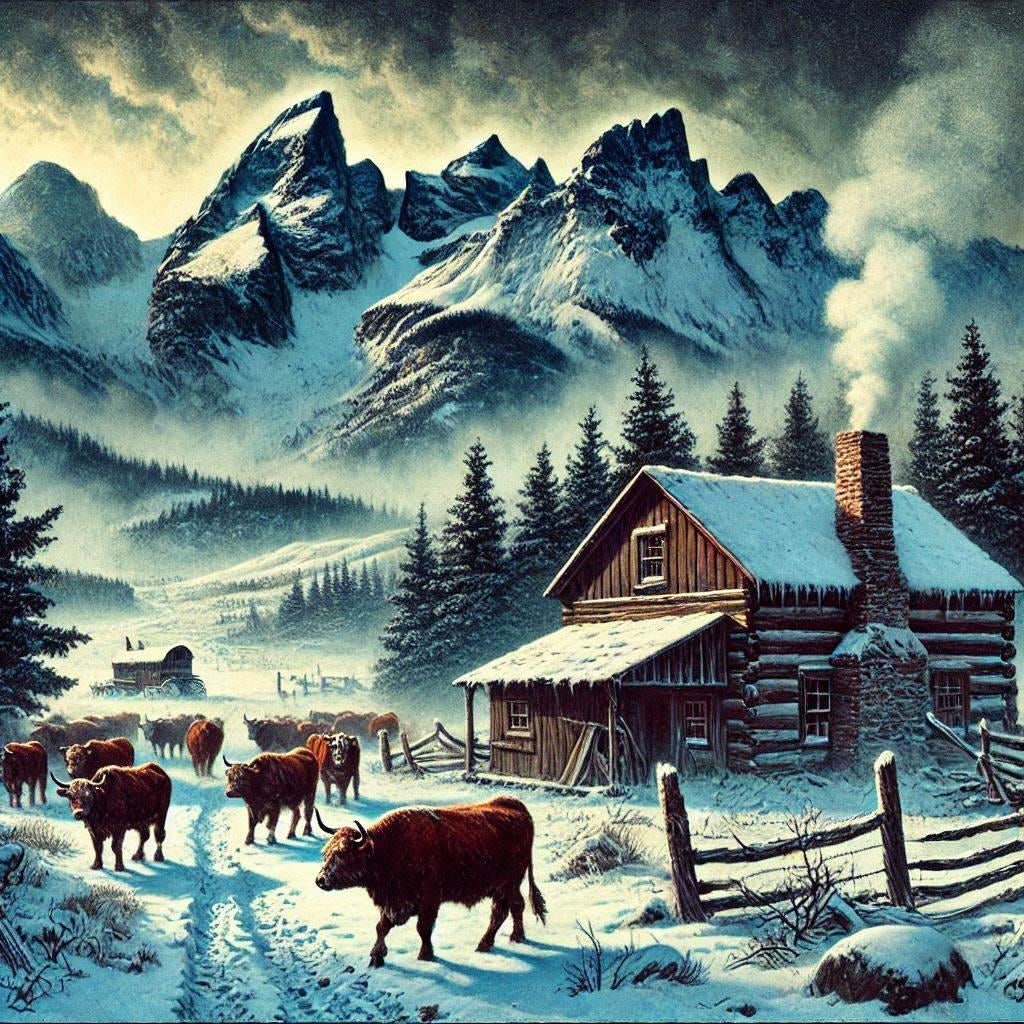The Mysteries of History (January 9 Edition)
Cold, War, and a Disruptive and Ubiquitous but Misnamed Apple Product
1887 — Cold Snap on the Northern Plains
A combination of extreme cold and snow with greed led to a disastrous situation for cattle ranchers in 1887. On this day of that “worst winter,” snow fell for sixteen hours straight, making it even harder for the cattle to gain access to the grass below the ice. Exacerbating the situation was that speculators had overstocked the herds in Montana, Wyoming, and the Dakotas and also that, lulled into complacency by a string of mild winters, the ranchers had not stockpiled winter hay for their cattle, expecting them to be able to get by without it. But with temperatures plunging down to as cold as 63 below zero, millions of cattle died during the “Great Die Up.”
Questions: What lessons were learned from this disaster? How did it change how ranching was done henceforth in the affected areas? How many cattle are there now in the four aforementioned States? What connection does the first “Western” novel, The Virginian by Owen Wister (published 1902) have to do with all of this (if anything)?1945 — Battle for The Philippines
public domain photo from wikimedia commons
In a bid to retake The Philippines from the Japanese, who had gained control over the islands in 1942, General MacArthur returned with 100,000 American soldiers. One of the bloodiest battles of WW 2 ensued, with 80,000 Japanese soldiers and approximately 3,500 American soldiers dying (a ratio of 160:7).
Over 5,000 Japanese kamikaze pilots died by flying their planes into American ships, sinking 34 of them. That means that 147 Japanese pilots lost their lives for each sunken ship; another way to put it is that each pilot, by sacrificing himself and his plane, sunk a mere 0.0068 ships.
Questions: Had the United States ever invaded the Philippines prior to WW 2? Do you think the mothers, fathers, brothers, sisters, wives, and friends of the kamikaze pilots were satisfied with exchanging their loved ones for what, on average, equated to a small fraction of an American ship?2007 — iPhone Announced
Apple’s iPhone was announced by Steve Jobs on this day in 2007. The “phone” (actually a mini-computer, with a plethora of apps pre-installed and a multitude of others available for it) became wildly popular. Germans call such devices “Handys,” which is a much more descriptive and accurate term than calling the multitool simply a “phone.” You can make phone calls with Smartphones/Handys (and most people do), but yakking on them just barely scratches the surface of what Handys can be used for.
Questions: How long after the announcement was the iPhone available for purchase? How many were sold the first year? How many last year? How many in total so far? How did the public’s response to the iPhone affect Apple’s status and profitability?







